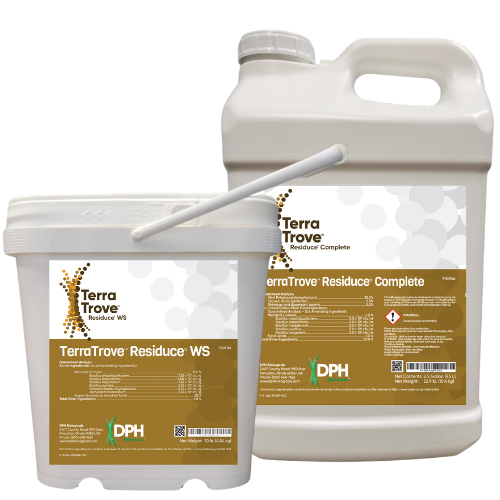The Dicamba Decision: Some Answers, Still Some Questions
Since the Ninth Circuit Court of Appeals first vacated the registration for three dicamba formulations back in early June, the entire agricultural industry has had its eyes squarely upon how the governmental agency responsible for re-registering the herbicide, EPA. Most observers expected some kind of decision to be announced by the end of October.
And that’s exactly what happened. Late in the evening on October 27, EPA Administrator Andrew Wheeler held a conference call with the nation’s ag media regarding dicamba’s continued use. On this call, Wheeler announced that EPA had approved new registrations for two dicamba products – XtendiMax with VaporGrip Technology from Bayer and Engenia from BASF – and extended the registration of Tavium Plus VaporGrip Technology from Syngenta. These registrations are only for use on dicamba-tolerant cotton and soybean and will expire in fall 2025.
“With today’s decision, farmers now have the certainty they need to make plans for their 2021 growing season,” he said. “After reviewing substantial amounts of new information, conducting scientific assessments based on the best available science, and carefully considering input from stakeholders, we reached a resolution that is good for our farmers and our environment.” To reach its conclusions, Wheeler added, the agency considered both existing information and 65 new studies and data sets.
Reaction to the EPA dicamba decision was swift, both for and against. Many industry trade association put out statements supporting the agency’s move. “Ag retailers and their farmer customers have already been working to make decisions for the 2021 growing season while waiting for clarity on if dicamba would be available for use,” said Daren Coppock, President/CEO of the Agricultural Retailers Association. “Now farmers and their retailers can make firmer plans for the next five years with this critical question answered.”
However, the Center for Food Safety disagreed with the decision. “Rather than evaluating the significant costs of dicamba drift as the Ninth Circuit told them the law required, EPA rushed re-approval as a political prop just before the election, sentencing farmers and the environment to another five years of unacceptable damage,” wrote the group’s George Kimbrell, Legal Director in a statement “Center for Food Safety will most certainly challenge these unlawful approvals.”
As part of its re-registration of dicamba, EPA also announced several new requirements for application to take place. These included requiring an approved pH-buffering agent be tank mixed with the herbicide to control volatility and increasing the downwind buffer zone for dicamba application from 110 feet to 240 feet – and to 310 feet where listed endangered species are located. EPA also is mandating a pair of national cut-off dates for application to take place by – June 30 for soybeans and July 30 for cotton.
While all these moves by EPA do answer several important questions regarding dicamba’s use moving forward, a few important ones remain. For one thing, the new buffer zone requirements seem a bit extreme. In fact, as one of my co-workers that covers the cotton market commented: “[This will] not be as much of an issue where a grower may have a 1,000-acre field or more, but [it will] for cotton where a grower may have dozens of smaller fields cobbled together for his operation.” He added “that number sounds like it’s aimed more toward the Midwest.”
Speaking of the Midwest, the endangered species buffer requirement is likely to cause some issues. For example, according to a press release from Jean Payne, President of the Illinois Fertilizer & Chemical Association (IFCA), that state has 29 counties where endangered species are present. Will over-the-top dicamba use in fields located in these counties even be possible under the new rules?
Lastly, one dicamba brand was conspicuously absent from the EPA announcement – FeXapan from Corteva. According to the IFCA release, registration for this product should be possible since the similar XtendiMax was approved. However, other news reports seem to imply Corteva will now throw its support for the 2021 growing season behind its Enlist cropping system (which uses 2,4-D) instead. I would expect the company to provide some clarity either way shortly.
In meantime, the agricultural industry will now be able to enter what could be called “Dicamba 2.0” come 2021. As always, stay tuned for more news . . .






